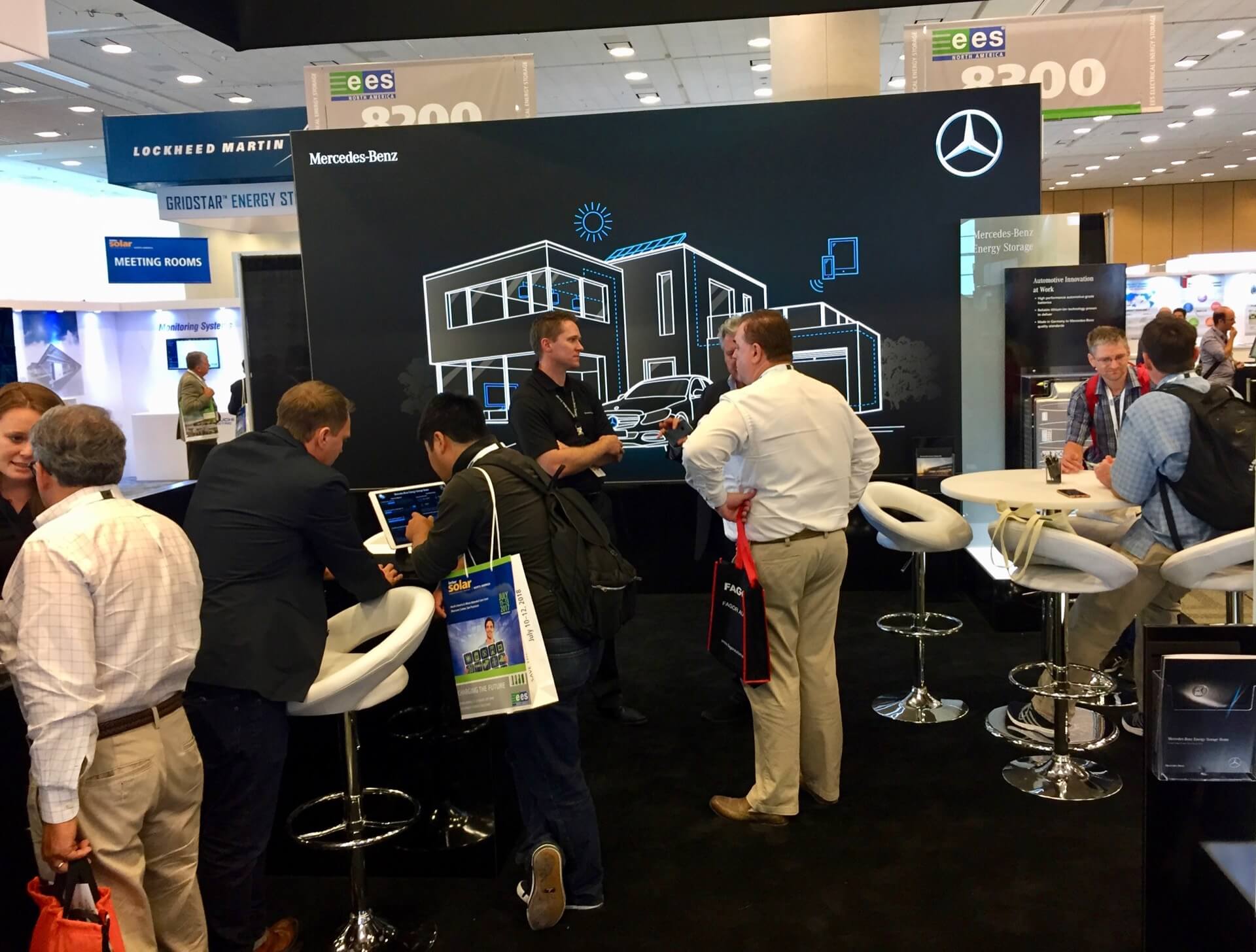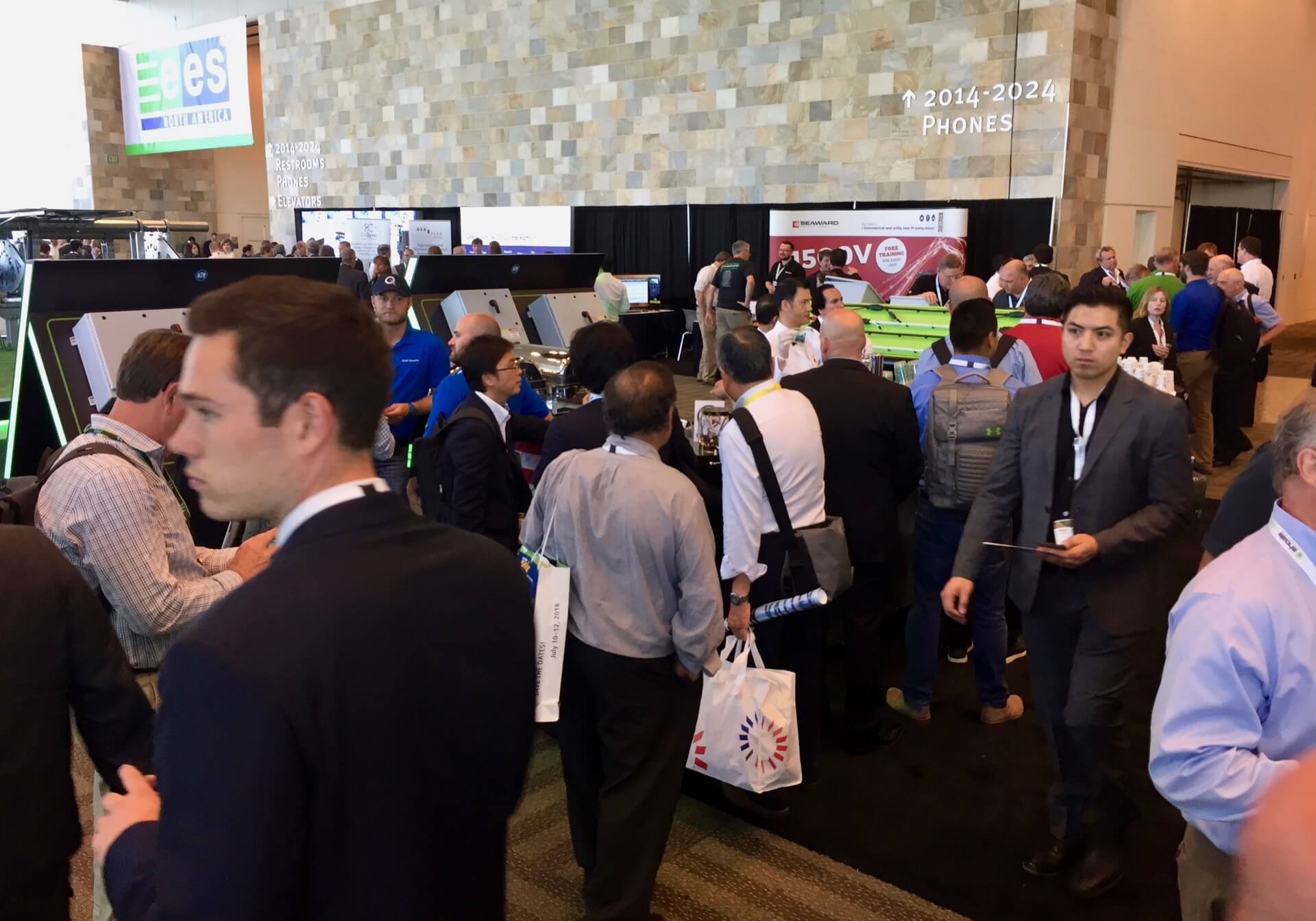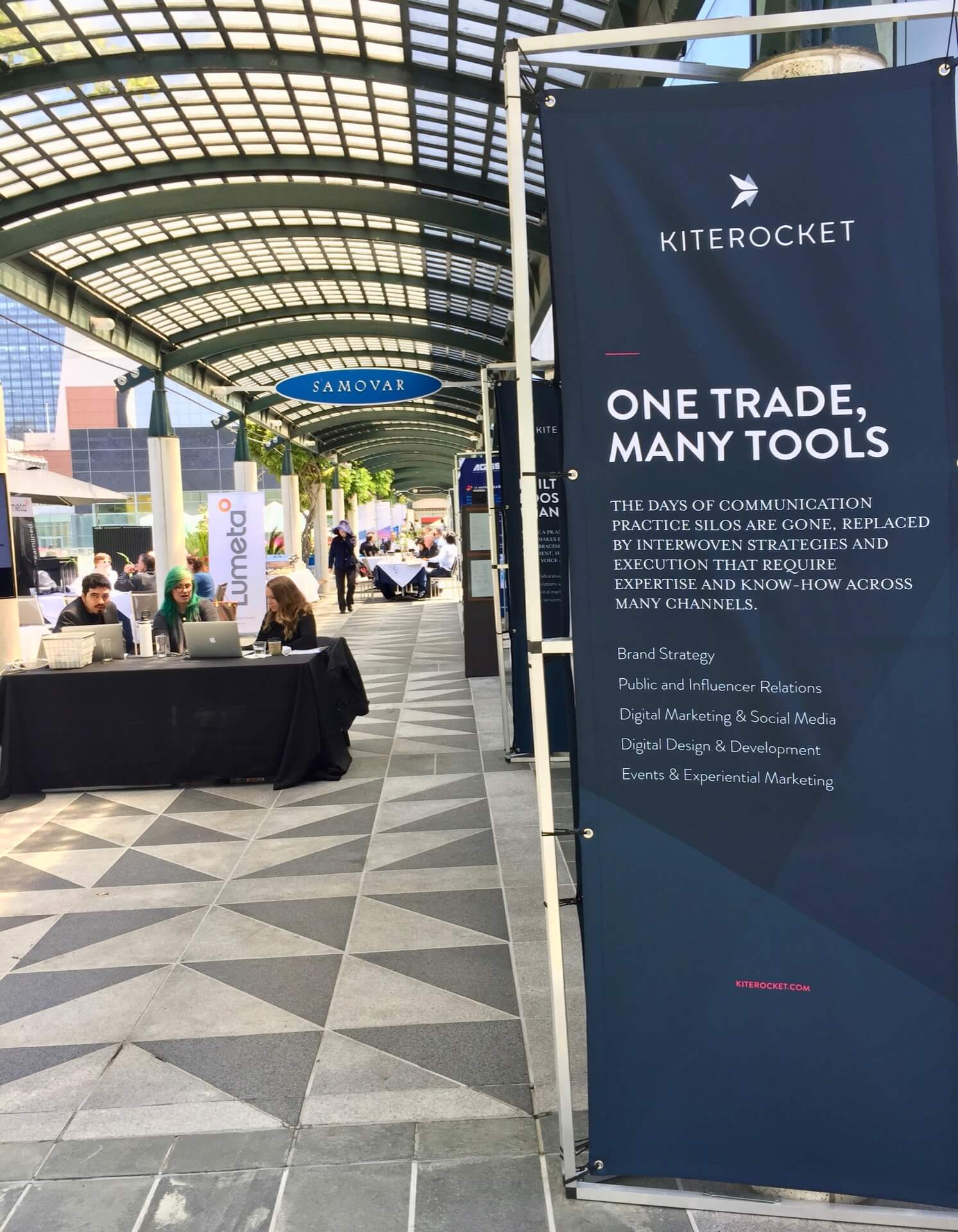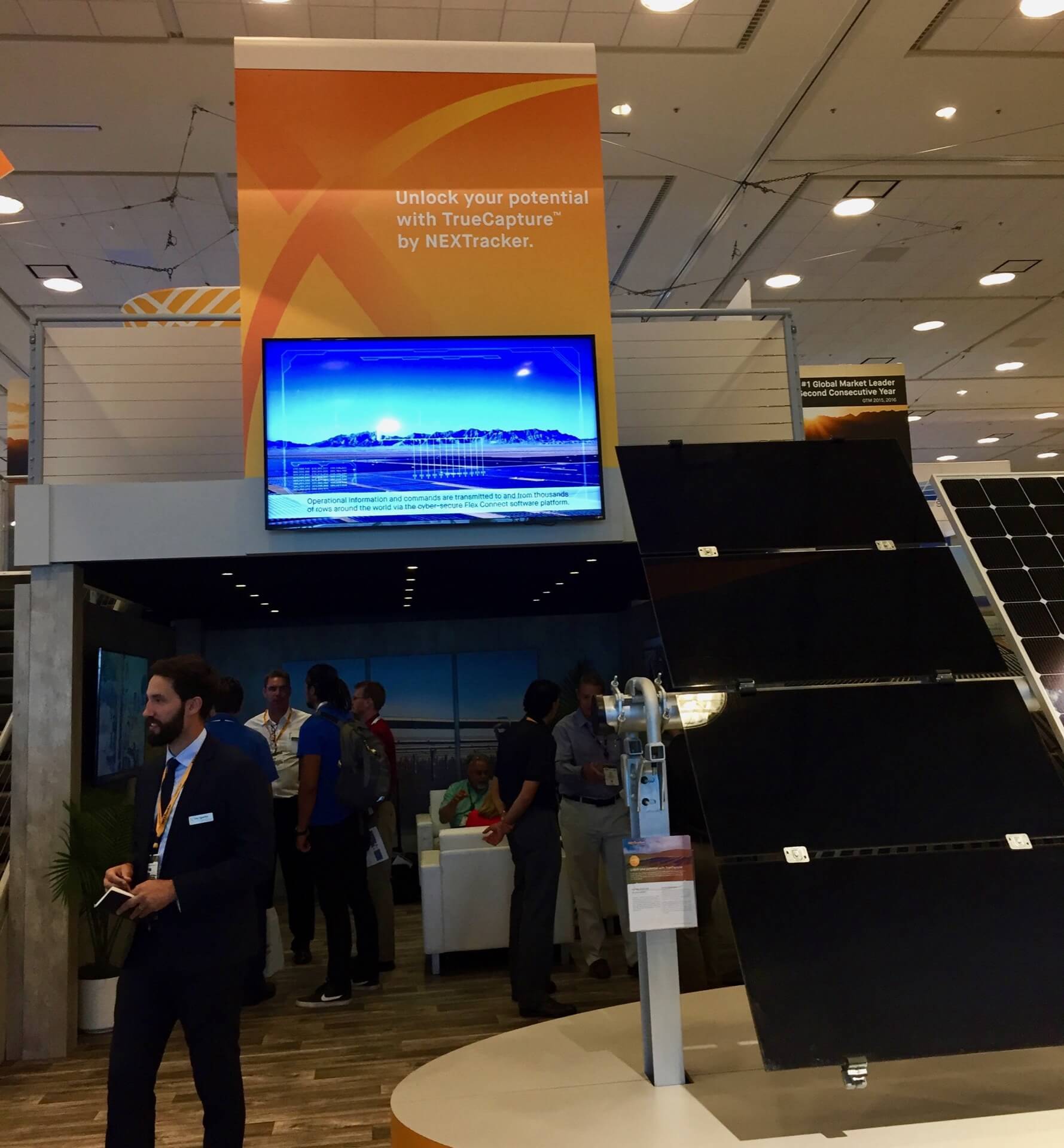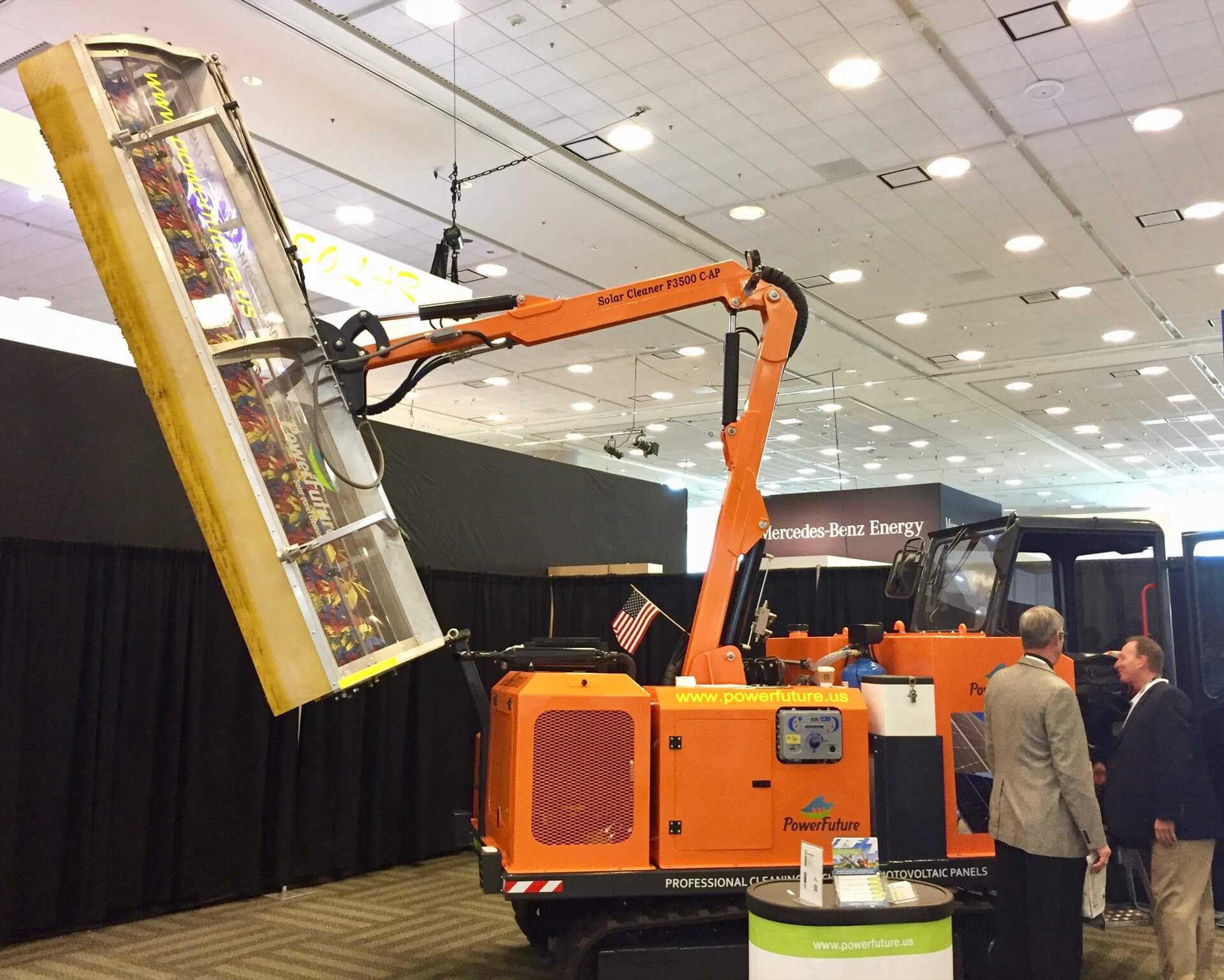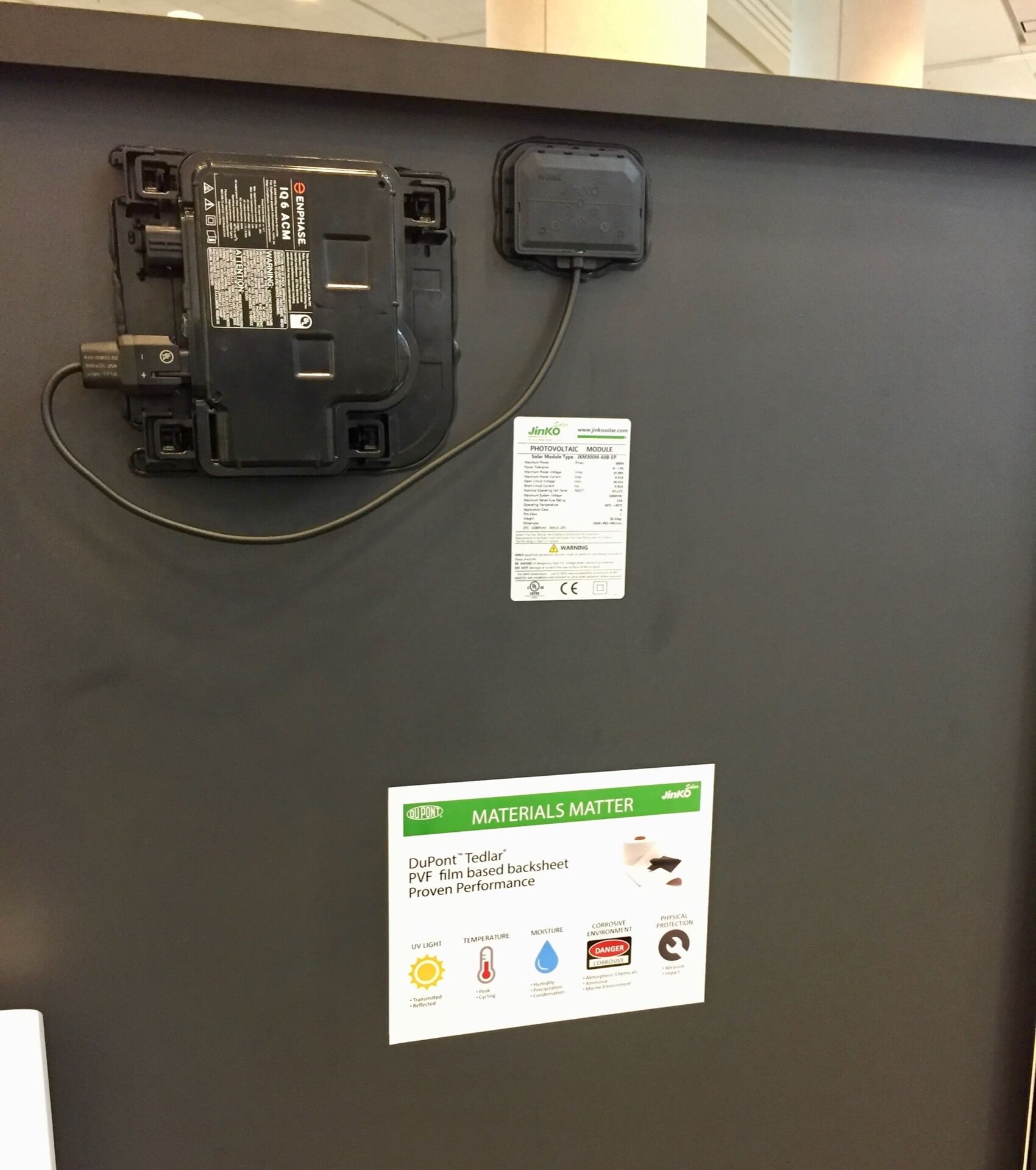When you’ve been coming to SEMICON West and Intersolar North America tradeshows as long as I have—30 years and counting—the balancing act between anticipatory excitement and “I’ve seen it all before” jadedness comes with the territory. But this year’s event carried an extra shot of one of the caffeinated constants of both events over the years—change.
Emerging from the construction hustle, bustle and cacophony, the sleek new Moscone South Hall rising next to the ruins of the old South Hall symbolized transition writ large. We had a bird’s eye view of the project from the corners of the Impress Lounge, our long-running client-focused meeting and reception space occupying the B Restaurant and Bar, Samovar Tea Room, and adjacent patio area above Yerba Buena Gardens and atop Moscone North Hall.
Change was also in the air at the Lounge, since this is the last year that the concierge event will bear the name “Impress.” We officially rolled out our new Kiterocket corporate identity during the show, culminating the successful merger of Impress and Duo PR last year—and the end of the two parental brands.
There was also a more disquieting kind of looming change percolating through the conversations in the Intersolar expo halls and conference rooms during the week: the impact of the pending Section 201 trade case brought by U.S. solar cell and panel manufacturer Suniva and joined by SolarWorld, which could dramatically raise the price of panels in the U.S. and put the brakes on many solar developments in the pipeline—and cost tens of thousands of solar jobs.
What emerged from the discussions I had is that the most immediate impact of the case is a shortage of solar modules in the U.S. Many developers, distributors and contractors have been buying up the available inventory and getting their orders in for more, resulting in many manufacturers saying they’re sold out for the rest of the year. As for the ultimate decision on the case, no one I spoke with had a real clue which way it might go.
The other overarching theme at Intersolar was energy storage. The show has effectively morphed into a “solar-plus-storage” event, with a growing percentage of expo-hall floor space occupied by batteries, storage balance of systems gear, storage software, and “integrated” (or at least semi-integrated) solar+storage platforms.
While Tesla didn’t exhibit, the presence of Mercedes-Benz made it clear that some of the world’s most iconic brands are in the game. It was also clear that although lithium ion-based solutions remain the incumbent technology, other approaches such as flywheel and especially flow batteries will likely gain traction in this booming market.
I felt some Kiterocket pride while walking the show floor, seeing the results of our efforts reflected in the messaging and product launches of clients past and present. For example, current client and ground-mount solar change agent NEXTracker debuted its TrueCapture power plant optimization technology, while our old friends at Enphase finally hit the market with the much-anticipated smart AC Module developed with partners LG and Jinko Solar.
One constant among the changes seen at these shows is the schmooze. This year’s Intersolar Tweetup happy hour took place at the Impress Lounge on Wednesday, and provided a relaxed and convivial chance to catch up with some of my solar buddies and meet new folks, all while enjoying an adult beverage or two. I capped off the final night with an appearance at the Solar Battle of the Bands party. Although I had some fun and got my dance on, this year’s rager didn’t quite match up to last year’s roof-raising celebration of our client Inovateus Solar’s band, Rev. Ray and the Everlasting Incentives, capturing the gold.
In the spirit of our ever-changing industries and world we live in, I leave you with this from Founding Father and original American hipster, Ben Franklin, who said: “When you’re finished changing, you’re finished.” Mic drop.
For another perspective on the SEMICON West/Intersolar North America show week and Kiterocket launch, click here to read my colleague Françoise von Trapp’s blog post.
